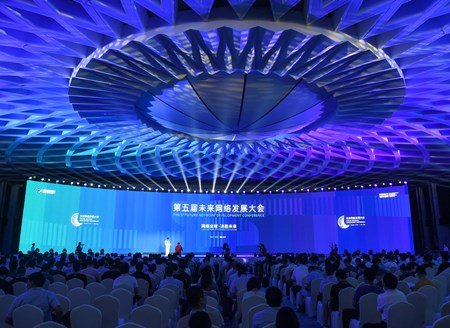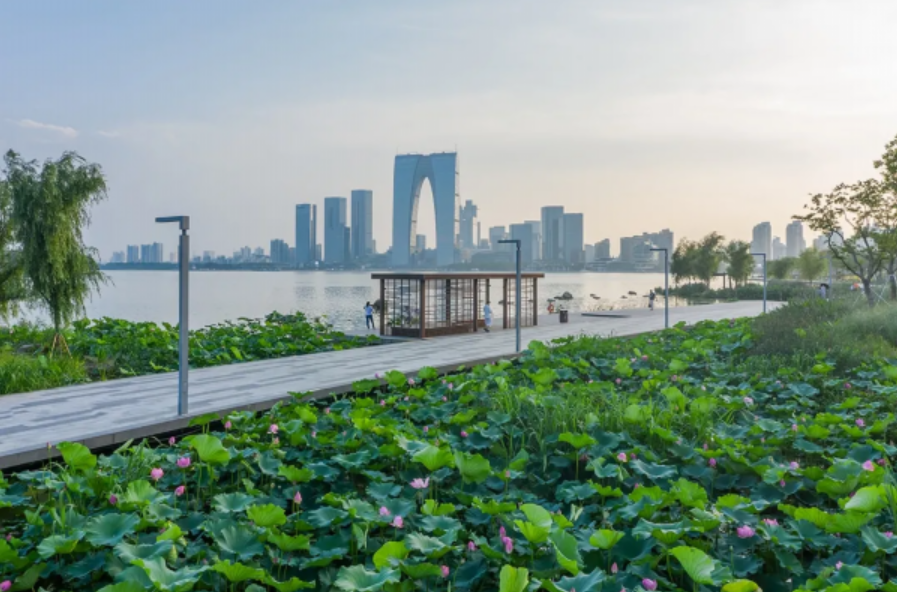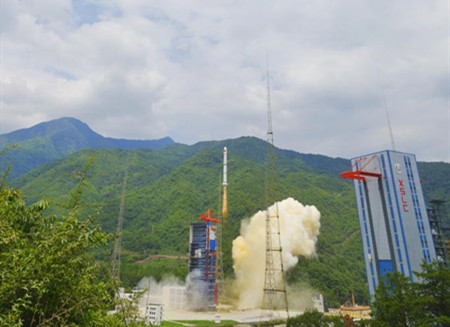East China’s Jiangsu Province has seized the opportunity brought by the optimization of rural spatial layout to accelerate the promotion of intensive agricultural development, develop new forms and models of rural industries, promote rural revitalization, and help farmers build a happy and beautiful home.
For a long time, the lack of rural planning has restricted the development of rural areas in Jiangsu. Some villages have no planning, so there is no stamina for development. Some other villages did have rural planning but the impracticability makes the villages scatted with new houses without the shape of new villages, and new villages without new appearance.
Doushan Village, Xuyi County, Huai’an City is a case in point. In the past, the villagers had limited income from farming.
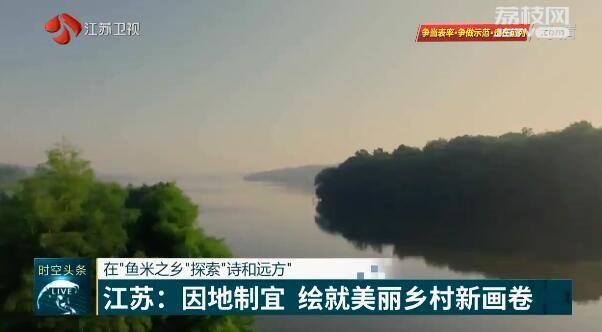
Thanks to the rural planning, Doushan Village has turned a piece of land that was previously nearly deserted into an industrial park that integrates planting, sightseeing, and picking, with characteristic planting industries such as yellow peach and kiwi fruit. The annual output benefit per mu of land increased by nearly 8,000 yuan.
The team of rural planners conducted a systematic combing and in-depth analysis of various resources such as the village’s history, culture, agricultural industry and pinpointed the village’s positioning in the rural revitalization strategy.

Wang Dongwei, Project Supervisor, Urban and Rural Planning Institute, Jiangsu Town and Rural Planning and Design Institute Co., Ltd.
Rural planners and builders have reinvented Doushan Village, presenting a beautiful rural sustainable development path. By the end of 2020, the villagers had saw an average annual income growth by more than 10 thousand yuan, and the village’s collective economic income has increased by more than 300%.
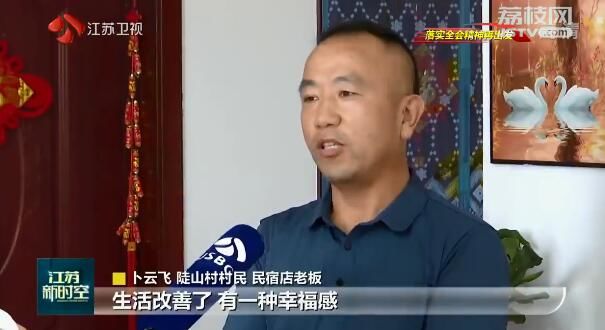
Bu Yunfei, A Villager
Nearly a thousand planners across the province serve in the front line of rural revitalization, gradually clarifying the classification, layout and development direction of nearly 130,000 natural villages.
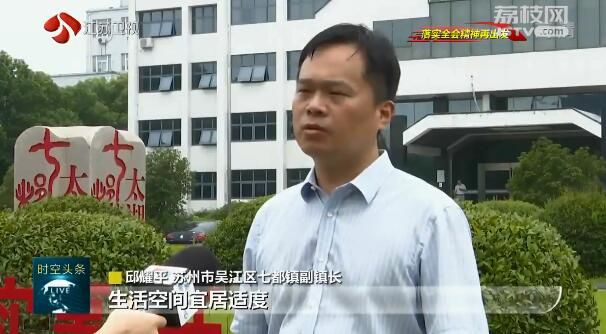
Qiu Yaoping, Deputy Mayor of Qidu Town, Wujiang District, Suzhou City

According to the plan, by 2035, Jiangsu will select about 21 thousand villages as the main spatial carriers for population agglomeration and industrial development in rural areas in the future so as to further accurately promote the optimization of rural spatial layout and improve the efficiency of rural resource utilization.

Chen Xiaohui, Director of the Bureau of Land and Space Planning, Provincial Department of Natural Resources


